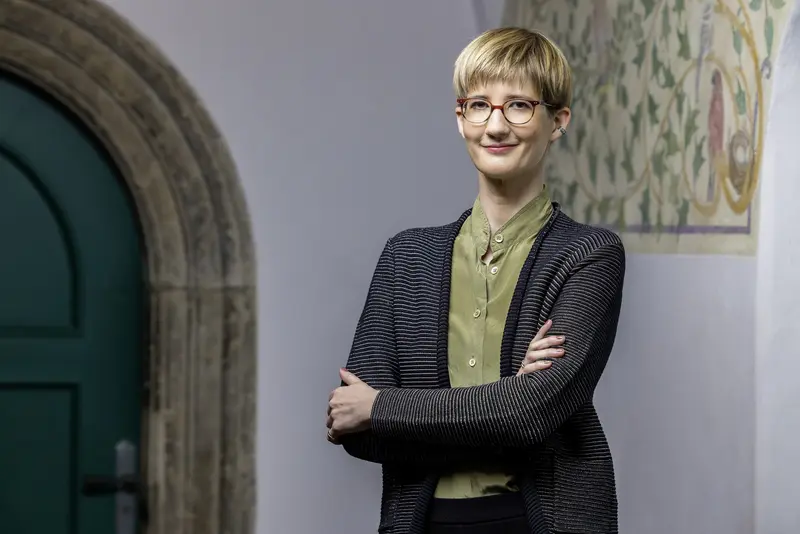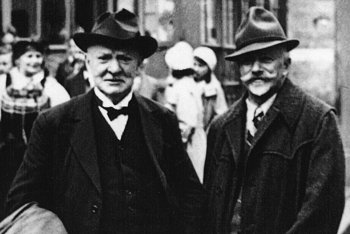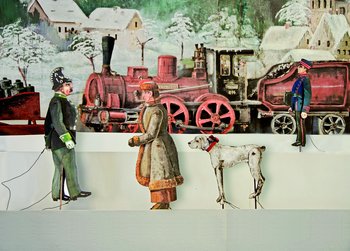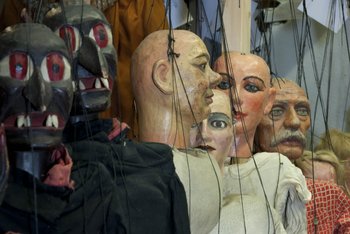Quote
The Jägerhof – a place where tradition and innovation are in balance, accessible and connectable for everyone.
The Jägerhof – a place where tradition and innovation are in balance, accessible and connectable for everyone.


Germany’s only museum for folk art is closely connected to Oskar Seyffert (1862–1940). The painter and later professor for decorative drawing at Dresden’s Academy of Applied Arts saw in the art of “regular folks” an alternative to the arts and crafts of the time, which was losing itself, emulating the various historical periods, and was at risk of degenerating into “soulless mass production”. In the creative products of tradespeople and the self-sufficient rural population, Seyffert saw individual character, authenticity and liveliness, for example in pottery, furniture, blueprint fabrics, costumes, wooden toys and Christmas decorations.

With exhibitions, at fairs and by giving lectures, he spread his conviction that these products should be presented in a museum; he founded an association, and in 1913, his museum opened. Since then it has been at home not far from the Golden Rider, at the Jägerhof, a sixteenth-century Renaissance building, which, after suffering heavy damage during the war, was the first of the Dresden museums to be renovated and reopened as early as 1952. With the folklorist Manfred Bachmann, who took over the museum in 1957, a specialist was at the helm for the first time. When, in 1968, Bachmann became Director of the Staatliche Kunstsammlungen Dresden, he integrated his museum into the museum complex.

While folk art, having been misused by the Nazis, hardly played a role in West Germany after the Second World War, in East Germany it was considered the art of the working classes and was proof of cultural competence. Carving, painting and bobbin lace making classes were organized and taught by professional artists. Moreover, dealing with economic scarcity in East Germany and having to make things oneself were often part of everyday life. The museum’s collection is still growing. Alongside the many historical objects, it is enriched above all by the output of contemporary, untrained, “self-authorized” artists.